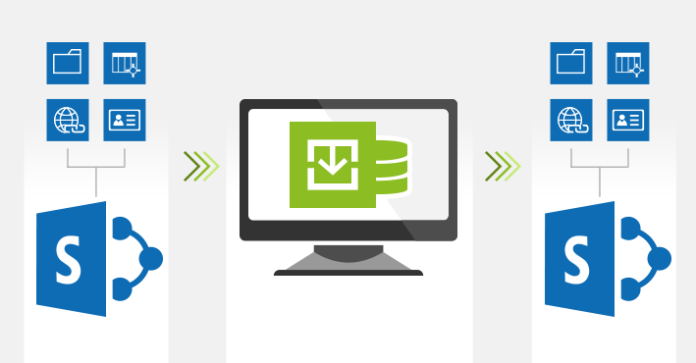SharePoint has made a huge difference (along with the growing technology) across the last decade. The leader in markets for content creation and collaboration platforms has dropped its past bad reputation for being complicated to use and has, become a big advantage for developers in recent years, IT professionals, and similar users. Any business with a settled on-premises infrastructure organized data management and business processes faces a significant change and needs to take many critical decisions while migrating SharePoint to Office 365. It is altogether a traditional change and needs a suitable mindset as the focus of the business shifts to user-centric application from infrastructure.
Reducing the expense of On-premises installations
If you are used to maintaining an On-premises SharePoint server farm, you will know the cost of maintaining applications, hardware repairing, assuring that the best protection options have been authorized and that your current customizations will still work after patching. This includes a lot of hidden expenses. By opting for SharePoint Data Migration, a lot of these expenses can be eliminated. Also, DaaS Providers enables users to access company data, tools, and applications, by a similar Microsoft Windows desktop experience on almost any device linked to the internet.
Immediate access
Upgrading from SharePoint On-premises to SharePoint Online implies you get instant access to better document collaboration, improved UI, and amazing search and mobile access. And because of this variation in how upcoming updates will run, you will also profit from rolling augmentations instead of expecting fixed-date patches seen in SharePoint’s in the past. Leaving a system, you have used before for around an entire decade is not an entirely simple attempt, although there are many additional benefits.
For the migration to go easily and conclusively be a success you need to plan and prepare accurately. In simplistic terms, that implies being aware of where you are going and how you are going to reach there. You should highly consider either your move to SharePoint Online will be a hybrid migration, or if you will be creating your platform entirely in the cloud.
Importantly, you should go through both a willingness assessment as well as a content audit beforehand. This will tell you the exact detail of what areas you need to prioritize your migration plan on for the efficient transformation possible.
Protect your SharePoint environment by doing a successful SharePoint migration.
Here are a few things you should consider in order to determine your readiness:
Assessment of the Business – Analyze the effects on the business before looking at the technical influence. This will play a major role in defining the success of the migration.
The amount of data or files – there is a limitation to the flow or the rate at which you can migrate so make sure you are only transferring the most crucial data.
Software limits and boundaries – be well aware of your file size, number of supported users, and your storage portions.
Site complexities – the designing and editing you have made in the years you have been using older versions redundancy will not be necessarily compatible with SharePoint Online; you should prepare for other options, just in case.
Auditing the Content
A SharePoint migration is an accurate time for some in-house filtration. Invest a little amount of time to review the content you mostly utilize a lot and be aware of what you do not need anymore. Go through these 3 particular areas:
- Files auditing
- Permissions auditing
- Improving and updating current features
You can also consider other migration services like SharePoint Online Tenant to Tenant Migration and much more according to your requirement and convenience.


